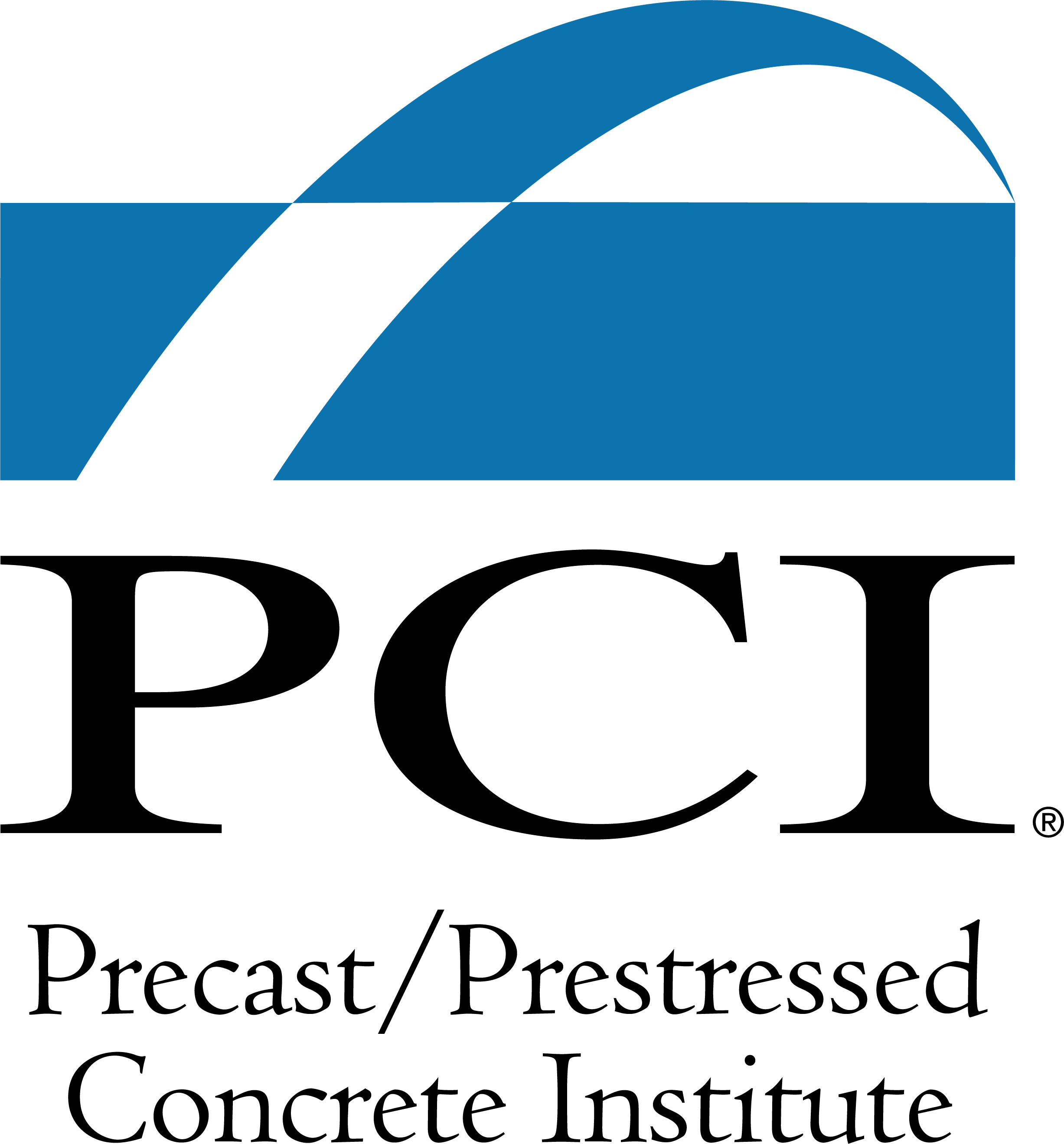Strategies to Solve Homelessness
Learning Objectives:
- Outline strategies for repurposing outdated or disused urban infrastructure and buildings for beneficial civic use.
- Describe planning and design processes that promote equity and inclusion in the built environment.
- Discuss how data can help policy makers and designers understand urban environmental problems and create more livable and resilient cities.
- Identify construction techniques, materials, and sustainable strategies that can help address seemingly intractable urban challenges, such as the housing crisis.
Credits:
The causes underlying homelessness vary. Some individuals are chronically homeless, ill or grappling with substance abuse. Others may suffer an unexpected job loss or eviction (as seen increasingly during the pandemic). As an analyst and leader in tackling the stubborn problem of homelessness in our cities, Haggerty and her organization, Community Solutions—recently awarded a $100 million grant from the MacArthur Foundation—have developed strategies, using data and collaborating with government agencies and not-for-profits, to effectively end homelessness. She will explain how this systematic approach is working to secure permanent housing for the formerly homeless in a growing number of cities and communities around the U.S.—and how architects can help in addressing this crisis.


|
Rosanne Haggerty, President and Chief Executive Officer of Community Solutions, is an internationally recognized leader in developing innovative strategies to end homelessness. Community Solutions assists communities throughout the US and internationally in implementing systems that measurably end homelessness and change the conditions that produce it. Their large-scale initiatives include the 100,000 Homes Campaign and Built for Zero. Earlier Rosanne founded and led Common Ground Community, a pioneer in the development of supportive housing models and other research based practices that end homelessness. |



























